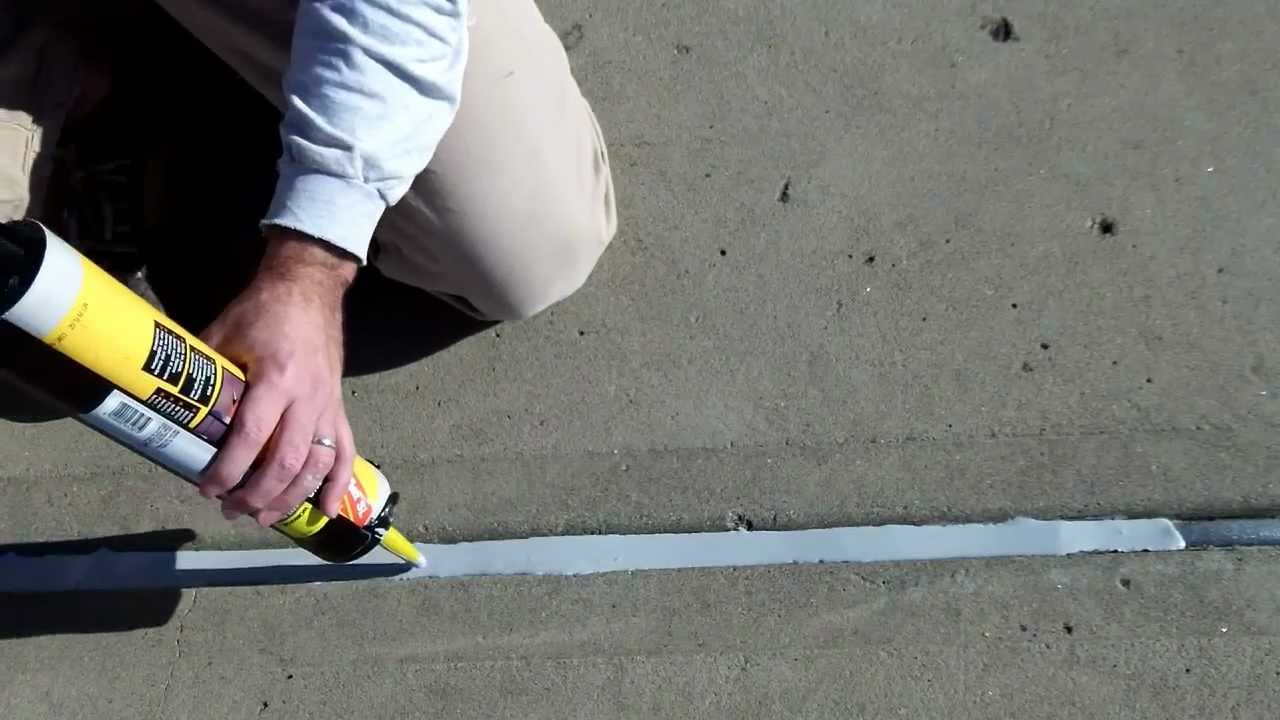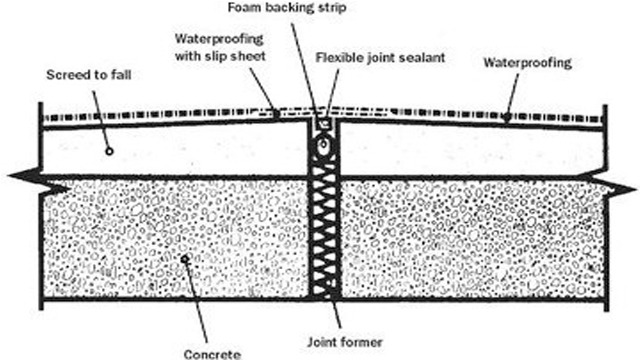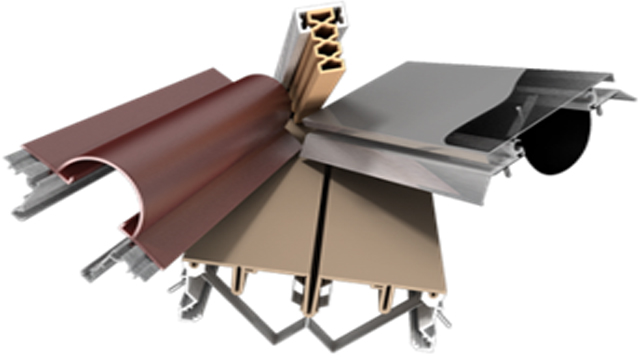Although buildings are often constructed using flexible materials, roof and structural expansion joints are required when plan dimensions are large. It is not possible to state exact requirements relative to distances between expansion joints because of the many variables involved, such as ambient temperatures during construction and the expected temperature range during the life of a building. Expansion joints are periodic breaks in the structure of the buildings. An expansion joint is a gap in the building structure provided by an architect or engineer to allow for the movement of the building due to temperature changes. An expansion joint is an assembly designed to safely absorb the heat- induced expansion and contraction of various construction materials. They are commonly found between sections of slabs, bridges, and other structures. The "assembly" can be as simple as a caulked separation between two sections of the same materials. More recently, expansion joints have been included in the design of, or added to existing, brick exterior walls for similar purposes. In concrete and concrete block construction, the term applied is "control joint," but serves similar purposes. Throughout the year, building faces and concrete slabs will expand and contract due to the warming and cooling of our planet through the seasons. The structures would crack under the stress of thermal expansion and contraction if expansion joint gaps were not built into the structures. Even today the expansion joint gaps are often neglected during the design process, and simple caulking is used to fill these gaps to complete a project. This simple caulking cannot handle the thermal expansion due to the changing seasons, ultimately leaving a leak point in the structure. This expansion joint becomes the main source of leakages in the structure which can ruin the interiors of the building if not sealed or treated confidently.



